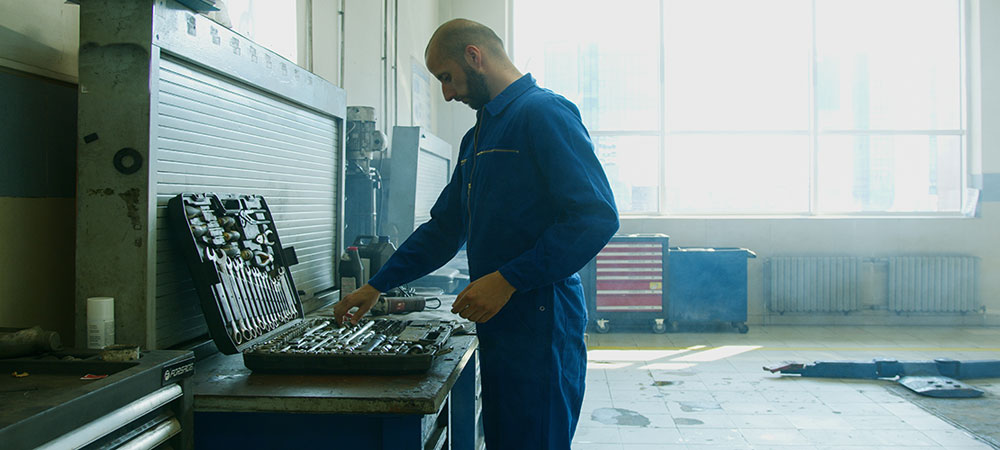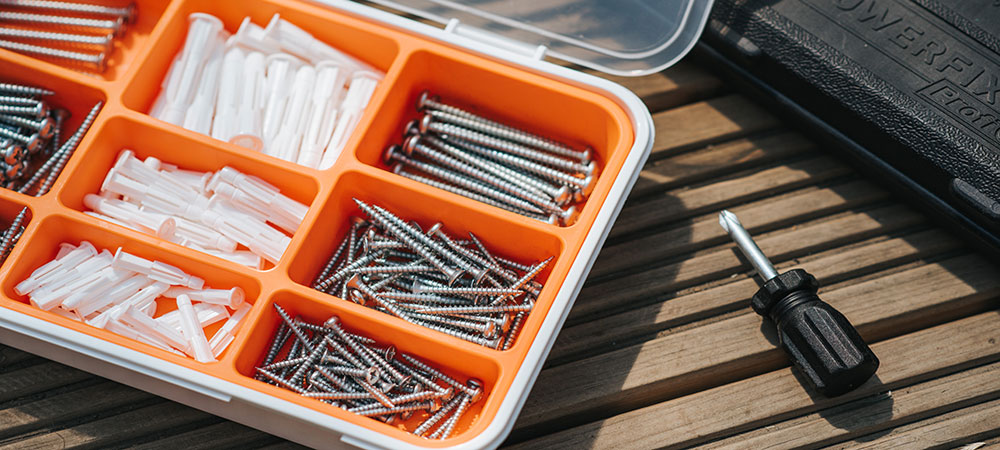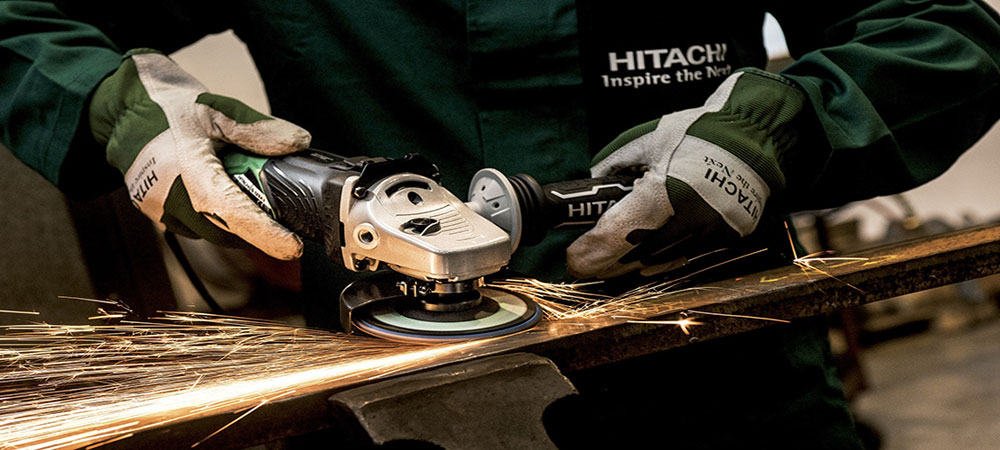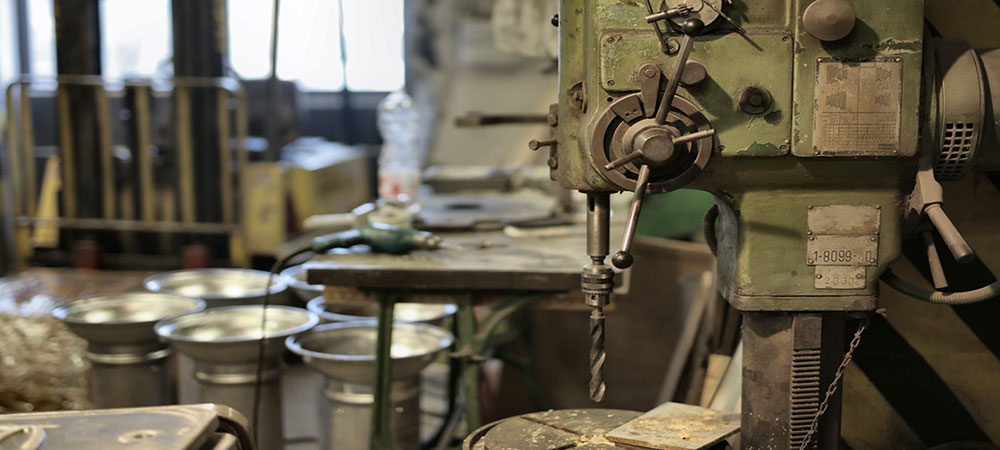As power tools can bring more hazards, this means the tool must be inspected from start to finish. Power tools such as electric drills, saws or sanders also require routine maintenance after every use. Because of their mechanical and electrical components, power tools are more prone to issues caused by debris or general malfunction. In manufacturing specifically, power tool maintenance is vital for factory safety. Here are some helpful steps to follow to keep power tools safe, clean and reliable.
Regular cleaning
Dust and grime can cause a power tool to come to a halt at any time. By wiping them clean before and after every job, this will ensure there is no dirt on the surface. Power tools can also benefit from occasional deep cleaning. These cleans are a lot more intricate and require a damp or oiled cloth to get into exhausts or other hard-to-clean areas.
Battery inspections
Although cordless, battery-powered tools are convenient, they also come with battery maintenance in order to keep them reliable and efficient. Batteries can remain working at optimum level by charging and discharging their power once every couple of weeks. But it’s important to not let batteries sit unused.
For battery maintenance, start by cleaning the area with cotton swabs or alcohol. Make sure to also store unused batteries in a dry, clean place away from excessive heat.
Storage
Storage is a huge factor when it comes to power tool maintenance. By keeping tools protected from dust and moisture, this not only keeps the factory tidy, but also gets them ready for the next use. Power tools are best kept in their original case, or tucked them away in storage drawers, a garage or fitted box.
Checking for wear and tear
Similar to a hand tool, power tools will eventually become worn after constant use. If using a power tool every day, it’s easy for poor performance to go unnoticed. That’s why it’s important to carry out an inspection before each use. This gives an opportunity to check both the internal and external functions, checking features such as frayed wires, power cords, loose parts or general wear.
By running a few basic operations with the tool, this will make you aware of any warning signs, burning smells, or strange noises coming from inside the tool. By running these tests first, this can save time and resources if something was to go wrong.




